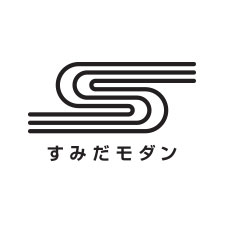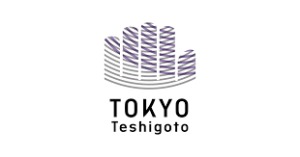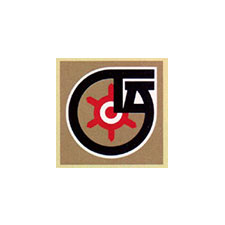TOKYO TEUE BRUSH
History and Charateristics
Brush production (of so-called "western brushes") commenced in Japan around the 7th year of the Meiji Era (1874). At the time, brushes made in France were used as product examples. In the 10th year of the Meiji Era (1877), the First National Industrial Exhibition was held at Ueno Park, with a display of western-style brushes being very well-received. Following on, craftsmen who had traditionally made Japanese brushes began to get involved in the manufacture of western brushes. Production started off with horse hair being used for bristle holes being using hand gimlets.
Because hand-inserted bristles in such brushes run together in that they are all pulled down by an internal metal were called a "pulling string," they are more robust than bristles in machine-made brushes bristles are directly inserted into each individual hole (and they are not secured by a "pulling string").
Traditional Technologies and Techniques
1.Processing of base wood:The Base wood is cut and planed down.
2.Marking:A template is placed over the wooden base of the brush and the bristle insertion positions are maeked out using ink.
3.Creation of bristle holes:Bristle holes are made at the points marked in ink on the base wood.
4.Bristle cutting:The bristles are cut to a specific length.
5.Bristle mixing:Bristles are mixed by hand so that the (soft) tips and (hard) roots are aligned identically.
6.Sorting by hand:Short bristles, bristles with irregular shapes and other problematic strands are removed.
7.Bristle insertion:Predetermined clump quanitities of bristles are picked out precisely and folded in two, and a metal wire is passed through and drawn along the center of the wood to pull the bristles firmly down into the bristle holes.
8.Cover attachment:A thin, wooden cover piece is attached to hide the metal wires and make the product easier to use.
9.Base wood finishing:①The size of the main body and attached cover are made uniform and the physical feel of the product when held is improved. ②Grooves are added to the side portions to make the product easier to hold.
10.Bristle trimming:The bristle tips are trimmed to achieve a uniform, predetermined bristle length throughout.
11.Finishing:The Product's surfaces are painted uniformly.
Traditionally Used Raw Materials
Bristles:Karukaya、Palm、Cedar、Tampico、fern、horse hair、pig hair、goat hair.
Base wood:Katsura、Magnolia、Cherry、Japanese Beech、Bamboo
Product List
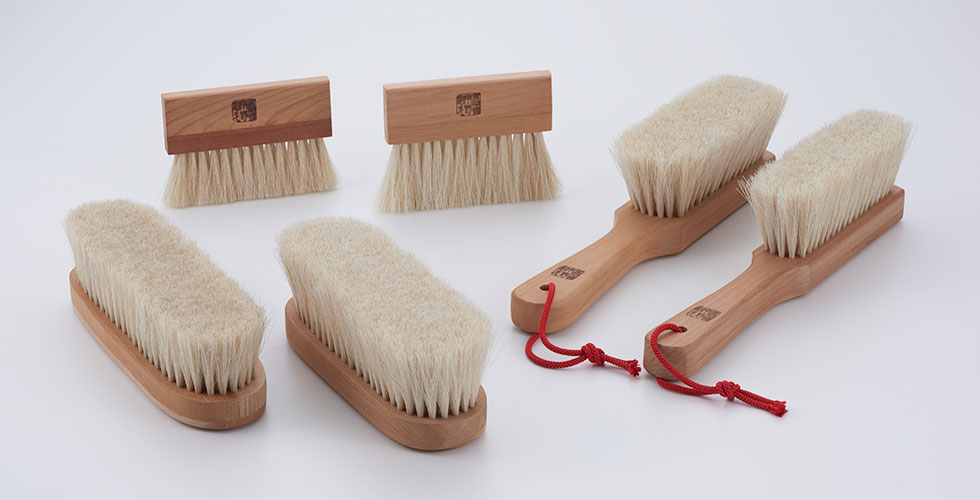
Clothes Brush
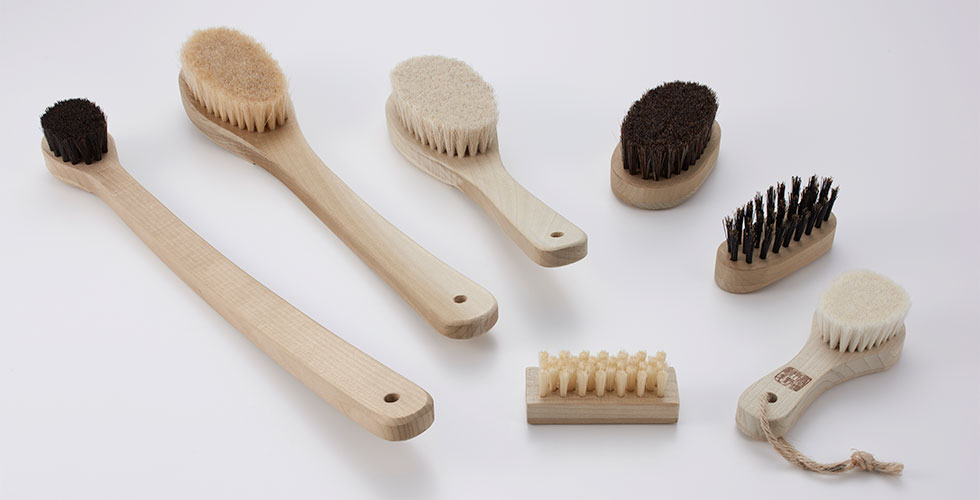
Body Brush
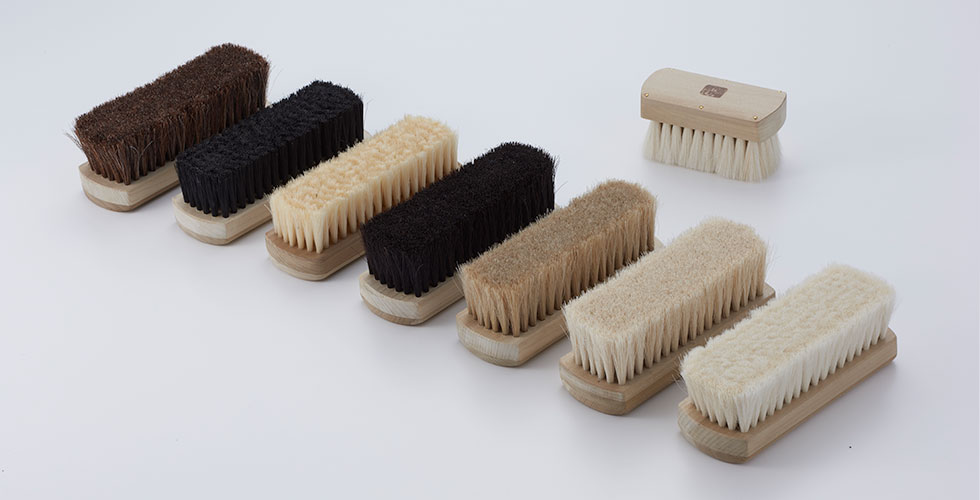
Shoe Brush




